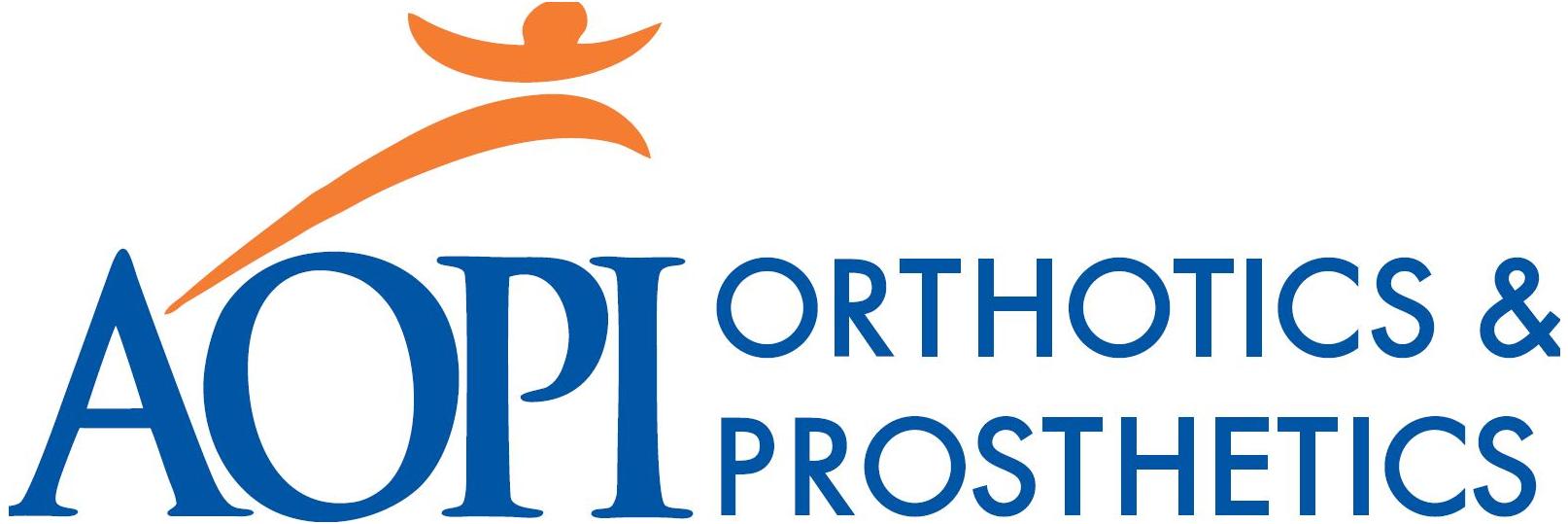We offer a variety of prosthetic devices and services. Roll over the image below for more information about prostheses specific to these areas. If you have questions about specific devices, please contact us at 1-866-365-2674.
SHOULDER
DISARTICULATION
Amputation of entire arm at the glenohumeral joint. Patients with this type of amputation typically use a cosmetic device; however, a functional prosthesis also is available.
Click here for more detailed informationTRANSHUMERAL/ABOVE
ELBOW AMPUTATION
Amputation of the arm through the humerus. The most popular options are a myoelectric prosthesis with harness, electric elbow and/or hands, or a conventional body-powered device with harness, locking elbow and hook/hand component.
Click here for more detailed informationTRANSRADIAL/BELOW
ELBOW AMPUTATION
Amputation of the forearm through the ulna and radius. Options are similar to an above elbow amputee, with both myoelectric and conventional systems. A harness is required for a conventional below elbow prosthesis, but is not necessarily required with a myoelectric prosthesis due to the ability to maintain suspension on the bony anatomy of the elbow.
Click here for more detailed informationPARTIAL HAND/FINGER
AMPUTATION
At this level, cosmetics are usually preferred over function. Options are being developed for individual digit prosthetics; however, the socket/attachment apparatus for battery supply is usually bulky. Silicone fingers can be functional for typing and gripping light to moderate weight objects.
Click here for more detailed informationHIP DISARTICULATION
Amputation of the entire leg from the hip. Patients at this level can be ambulatory and require special socket designs to encompass the entire pelvis for support.
Click here for more detailed informationTRANSFEMORAL/ABOVE
KNEE AMPUTATION
Amputation of the leg through the femur bone. Many options are avail-able for prosthetic design, including suction, kiss strap and pin locking suspensions. Above knee amputees require a knee component; it can be mechanical or microprocessor. Currently, prosthetic feet are made of carbon fiber and provide more energy return allowing participation in higher impact activities.
Click here for more detailed informationKNEE DISARTICULATION
Amputation is through the knee between the femoral and tibial condyles. This type of amputation is beneficial because it may allow weight bearing through the distal end of the limb. Due to the long length of the limb, knee component selection may be more limited than with a higher level above knee amputation.
Click here for more detailed informationTRANSTIBIAL/BELOW
KNEE AMPUTATION
Amputation of the lower leg through the tibia and fibula. Many options are available for prosthetic design at this level. The three most common are cushion liner with sleeve, pin locking and suction systems. There are numerous options for prosthetic carbon fiber feet, and these allow many below knee amputees to maintain active lifestyles, including running and playing golf!
Click here for more detailed informationANKLE DISARTICULATION/
SYMES
Amputation of most or all of the foot. The long length of the residual limb may limit foot component selection, but will usually increase stability.
Click here for more detailed informationPARTIAL FOOT
AMPUTATION
Amputation of one or more of the toes and/or tarsal (foot) bones. People with amputation at this level may use a special, customized foot insert to maintain alignment of the toes and a carbon foot plate to increase balance and provide energy return/spring.
Click here for more detailed informationPatient resources
Understanding different types of prosthetic devices can be difficult. We have included several links to prosthetic organizations and support groups below.
ACPOC | Association of Children’s Prosthetic-Orthotic Clinics
– Move United (moveunitedsport.org)
